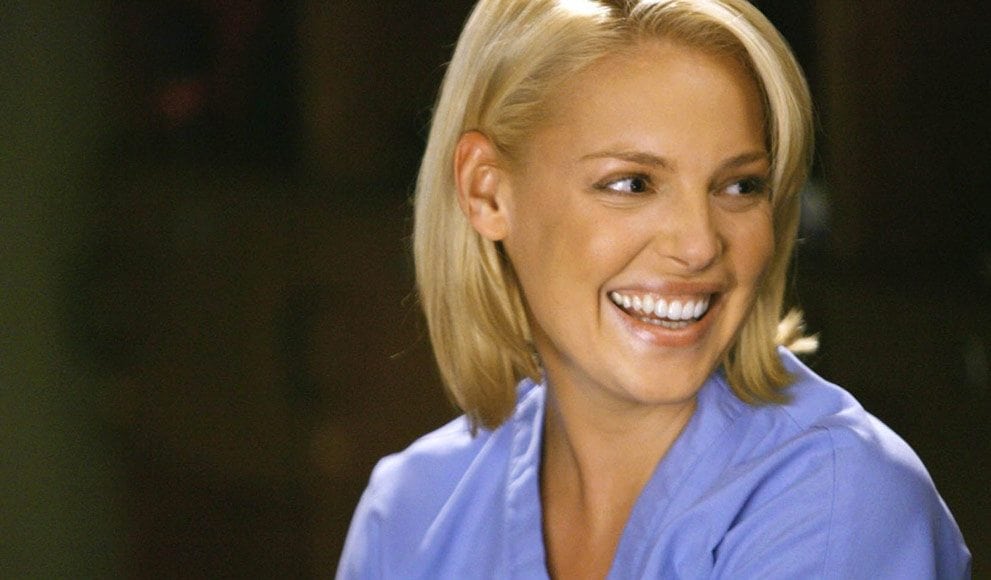Injured in a backyard lawnmover petrol tin explosion, a young boy is rushed to hospital with flame burns to his face, left arm, left hand and chest. In the Children’s Burn Ward he joins, to his left, a toddler who this morning pulled a pot of boiling water off the stove down onto herself, scalding her entire head, face and chest; and to his right, an adolescent boy who had been experimenting with flammables.
This young boy, like every patient entering the paediatric ward is in a significant state of pain and distress. As for the guardian that turned their head for one small moment in time, their guilt and stress had fabricated into panic well before they entered the hospital.
Immediately, one of the most important things to know about specialising as a burns nurse is that everyday practice requires a high level of emotional intelligence. After an acute traumatic burn injury, you’re role extends to emotionally supporting the family, whilst closely monitoring the new patient, hopefully now more settled with their pain under control.
To say the demands of a burns nurse are diverse is an understatement. Each day on duty is completely different. From chemical and electrical burns to victims of automotive or household accidents, flame and hot water burns and even, (shockingly) non-accidental burns. Burns injuries are sudden, unexpected, often life changing and treated on a case-by-case basis. Being the referral centre for the state, patients often arrive from long distances, families without having their usual support networks close by.
There is a level of autonomy with burns nursing, particularly when performing the burns baths and dressings. The medical team relies on the expertise of the burns nurse to know and perform the type of dressing most suitable for the injury and when to call for a medical review. For many, this is the most rewarding part of the job – being able and responsible for providing the care required to help the patient and reassure their family.
Pain management is an integral part of the job for a burns nurse. Burns patients should have much of their pain under control, although there are times when pain increases and must be effectively managed before it becomes overwhelming. Getting the mix of oral medication and gas right during a procedure is crucial. Burns nurses are periodically called to emergency or theatres to assist with dressings, which adds another element to the role.
A pediatric burns patient is both overwhelmed and frightened, and the intense pain from regular treatments bestows a huge responsibility for a burns nurse. You will be required to perform very painful procedures and dressing changes on your patients, but a great burns nurse will know that their ability to stay calm can positively contribute to the comfort of the patient. Beyond skill and patience, the role demands compassion, empathy and an ability to connect with the patient and family.
While emotionally and physically demanding, treating patients through the stages of healing burns including skin grafts and plastic surgery makes for the most rewarding job imaginable. Becoming close to both patients and their families throughout treatment allows you to see the positive change that you are making to each patient every single day.
Other rewards include when the dressings and treatment result in healing in a timeframe that doesn’t require skin grafts; years of ongoing medical intervention are not going to be required.
We do see burns patients return for further surgery – release of contracture so or scars-as they grow and the tough scar tissue doesn’t grow with them. Whilst it’s sad to see the children have to go through surgery, it is good to see them as they grow up.
What makes a good burns nurse:
- Compassion
- Patience
- Strong communication skills
- Excellent assessment skills
- The ability to think critically and make quick decisions
- Advanced knowledge of fluids/electrolytes
- Knowledge of different pain control techniques
- Being detail-oriented, particularly in making sure patients receive appropriate treatments
The challenges:
Patients who are hospitalised due to abuse is tough. Treating children that have been given cigarette burns, plunged into a hot bath or simply been neglected, the result being a severe injury, is a highly distressing reality of the job. Anger toward the parent’s neglect must be put aside; the only matter of importance is the patient and often the only person the patient wants with them is the very person who has injured them.
While you are powerless to their circumstance before they entered the hospital, your care and treatment can greatly improve both their experience and outcome.
How to become a burns nurse:
While there is no specific certification required to work as a nurse in a burn unit beyond qualifications as a Registered Nurse, there are numerous educational and certification opportunities that provide essential skills and advanced training for this specialty, such as the Emergency Management of Severe Burns course.
How did I become a burns nurse?
I stumbled into the role by accident after working a few casual shifts on the ward, terrified of being asked to hold one of the toddlers bandaged from head to foot, in case I hurt them. My fear turned to interest and before I knew it I was working on the ward with on the job training. Wound management education was regularly provided in the form of inservice and after a few years I completed the emergency management of severe burns course. Annual burns conferences are available for staff to attend and I was fortunate to both attend and present a paper one year.
Burns nursing is both challenging and rewarding. I wouldn’t have it any other way.







